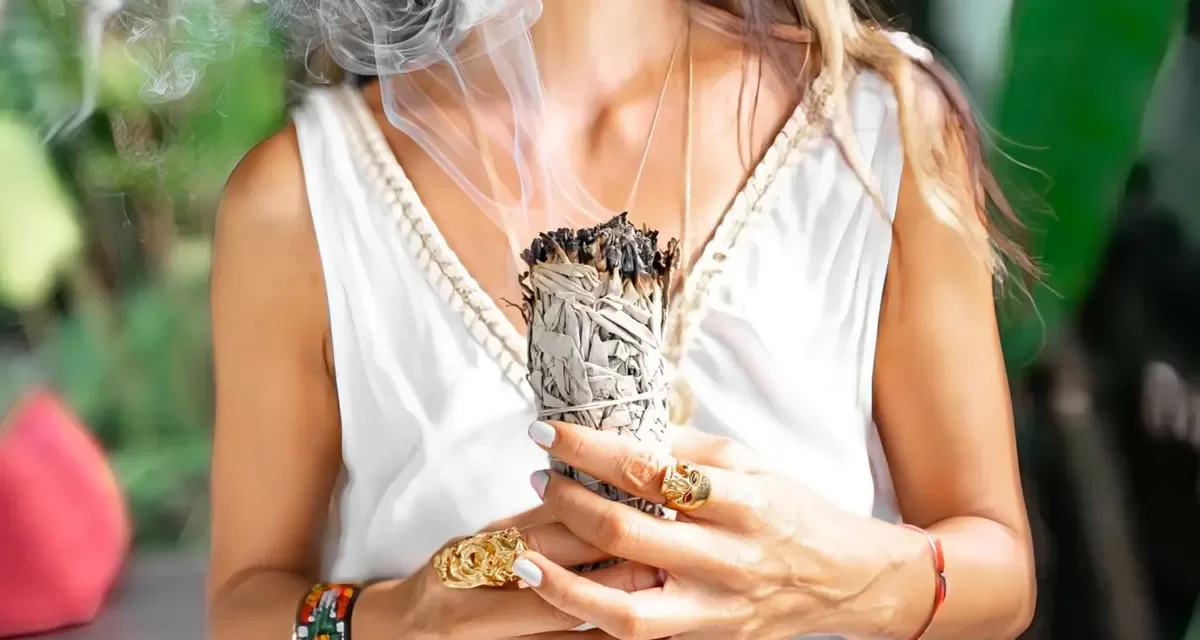November 3, 2024
The Netherlands is witnessing a surge in interest in spiritual rituals that involve burning “magic” herbs. While this trend might appear new, it actually draws from ancient practices across various cultures. Researchers, led by Isabela Pombo Geertsma from Utrecht University and the Naturalis Biodiversity Center, have closely examined this practice, and their findings suggest that the plants used may not be as “magical” as participants believe.
The Appeal of Ritual Burning
Across the world, burning herbs is a common element in religious ceremonies, with smoke often regarded as a sacred bridge to ancestors and spirits. Indigenous groups in North America, for example, have long used bundles of dried plants known as “smudge sticks” to cleanse spaces and bring success. These bundles often include white sage and sweetgrass, both deeply significant in Indigenous rituals.
However, smudging has gained popularity beyond Indigenous communities, finding a place among modern practitioners of witchcraft and followers of the New Age movement. This Western movement emphasizes individual spirituality and metaphysical beliefs, which has led to an explosion in the use of smudge sticks for personal rituals.
Unsustainable Harvesting and Cultural Concerns
While the use of white sage in ritual burning has spiritual significance, its popularity has spurred commercial demand, leading to unsustainable harvesting practices. Overharvesting not only threatens the plant’s survival but also affects Indigenous communities who hold it sacred. The rise of smudging in mainstream spirituality raises concerns about cultural appropriation, as sacred practices are adapted without honoring their cultural roots.
“There’s an irony here,” says Geertsma. “People eager to connect with nature often import plants from thousands of miles away, when sustainable local options exist.” Many consumers are drawn to the perceived potency of North American plants, yet researchers suggest they could find similar benefits in native flora.
Sustainable Alternatives and Rediscovering Local Plants
Fortunately, there are locally sourced plants that can serve as ethical alternatives for spiritual rituals. Geertsma’s research identified Dutch-native plants such as mugwort, chamomile, and common sage, all of which have traditional uses in European folk practices. Additionally, common garden plants like lavender, rosemary, and rose offer pleasant aromas and unique cultural connections.
The team emphasized the environmental benefits of choosing these local herbs, not only reducing the ecological footprint but also fostering a deeper connection with regional landscapes and traditions.
A Call for Respect and Responsibility
As spiritual seekers explore ritual burning, researchers advise that such practices be approached respectfully, especially in terms of their cultural origins. By choosing local plants and respecting Indigenous traditions, people can enjoy the benefits of ritual burning in a way that honors both nature and culture.
The study, which was published in Plants, underscores that spiritual practices should not come at the expense of vulnerable ecosystems or marginalized communities. Embracing sustainable options offers a path to authenticity in modern spirituality, reflecting a growing awareness of our interconnected world.











